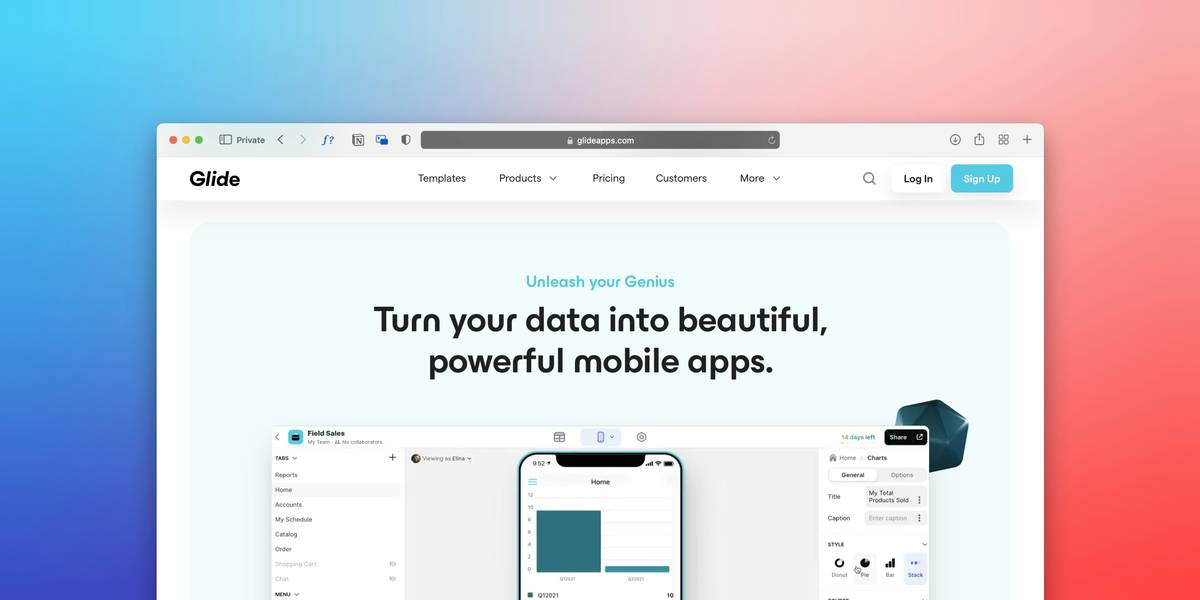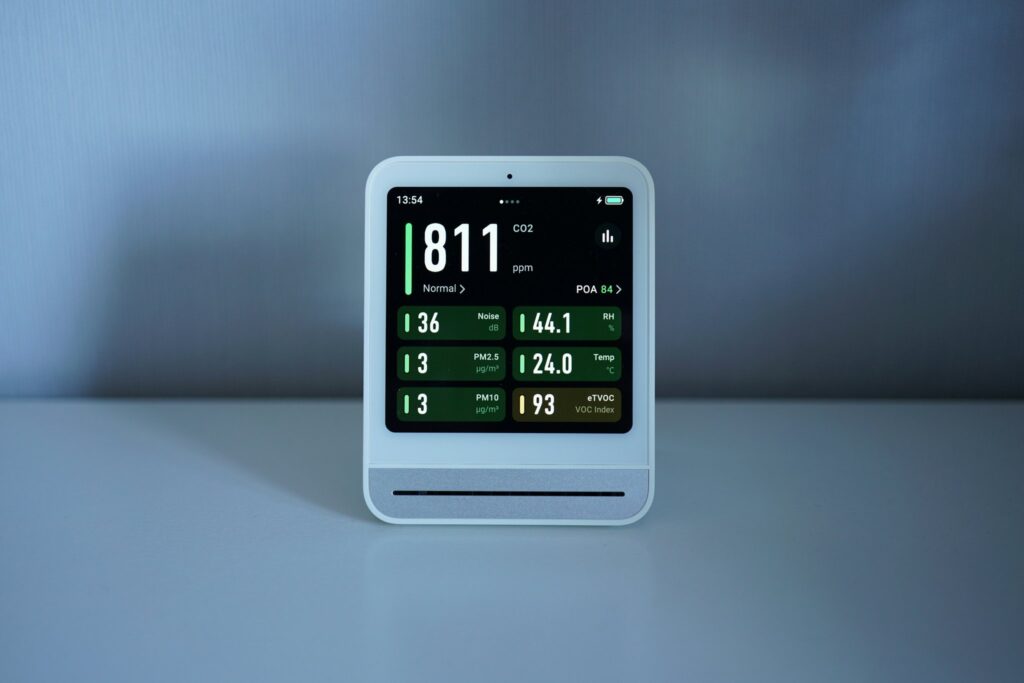“Ever felt like your stress levels are running higher than your phone’s battery percentage at 5 PM?” Yup, we’ve all been there.
In this post, we’re diving deep into how you can create and use a feel-good toolkit—your ultimate weapon against stress. We’ll cover:
- The science behind why stress management apps work.
- Step-by-step guide to building your own feel-good toolkit.
- Tips for picking the best stress-busting tools (and one *terrible* app idea).
- Real stories from people who crushed their stress game.
Table of Contents
- Key Takeaways
- Why Stress Management Apps Matter
- How to Build Your Feel-Good Toolkit
- Best Practices and Tips
- Real-Life Success Stories
- Frequently Asked Questions
Key Takeaways
- A feel-good toolkit combines digital resources like stress management apps with mindfulness techniques.
- Apps are not a magic cure; consistency is key to managing stress effectively.
- Personalization makes your toolkit more effective—find what works uniquely for YOU.
Why Stress Management Apps Matter
I once downloaded an app claiming it would “cure anxiety in 7 days.” Spoiler alert: It didn’t. But here’s what I DID learn—the right tools, used correctly, really do make a difference.
Let me paint you a picture: Imagine juggling emails, kids’ soccer practice, and trying to remember if you turned off the stove. Sounds chaotic, right? Enter stress management apps—they’re like noise-canceling headphones for life’s chaos. These apps offer guided meditations, breathing exercises, and even daily positivity affirmations.
Optimist You: “These apps will totally save me!”
Grumpy You: “Save me AFTER my coffee.”

How to Build Your Feel-Good Toolkit
Creating a feel-good toolkit is easier than convincing yourself that Monday morning meetings aren’t the worst. Follow these steps:
Step 1: Identify Your Stress Triggers
Not everyone freaks out over the same things. For some, it’s deadlines; for others, traffic jams. Write down when you feel most stressed—you might be surprised by the patterns.
Step 2: Choose the Right Apps
You don’t need every single app on the planet. Pick two or three that align with your needs:
- Headspace: Perfect for short meditation sessions.
- Calm: Ideal for bedtime relaxation.
- Happify: Great for boosting happy vibes through games.
Step 3: Schedule Time for Self-Care
Consistency beats perfection. Set aside just 5 minutes a day to use your chosen apps—it’s better than nothing!
Best Practices and Tips
If you want your feel-good toolkit to actually WORK, follow these golden rules:
- Pick ONE terrible tip: Don’t rely solely on technology. Balance app use with offline activities like journaling or yoga.
- Use reminders wisely—not constant notifications but gentle nudges to breathe deeply.
- Experiment until you find THE thing that clicks for you. Some love ASMR videos; others swear by gratitude journals.
My Rant Corner:
Why do some apps charge $14.99/month and then bombard you with ads FOR THEIR OWN FEATURES?! If I’m paying premium, I expect ad-free zen, okay?
Real-Life Success Stories
Sarah P., a busy mom of twins, swears by her feel-good toolkit. She started using Calm during nap times and noticed she could handle meltdowns without losing her cool. Another guy named Tim reduced his workplace tension by practicing deep breathing exercises from Headspace before big presentations.
Frequently Asked Questions
Are stress management apps worth it?
Absolutely—if they fit YOUR lifestyle. It’s like shopping for jeans: What works for someone else may not suit you.
Can I combine multiple apps?
Sure! Just don’t go overboard. Start small and scale up based on what feels natural.
What if nothing seems to work?
Then maybe try journaling or talking to a therapist. Apps are awesome, but they’re part of the solution, not the entire answer.
Conclusion
Building a feel-good toolkit isn’t rocket science—it’s self-care simplified. With the right apps and consistent effort, you CAN turn stress into strength. So grab your favorite app, set those boundaries, and give yourself permission to hit pause when needed.
And hey, because it wouldn’t be complete without a cherry on top:
Stressed brain, Whirring fast like old dial-up, Pause. Breathe. Thrive.


